- Anesthesiologist
- Obstetrician and Gynecologist
- Psychiatrists
- Surgeons
- General Internal Medicine
- Physicians
- Ophthalmologists
- Orthodontist
- Product Manager
- Artificial Intelligence & Machine Learning (AI/ML) Engineer
- Full-Stack Developer
- Cloud Architect
- DevOps Engineer
- Blockchain Engineer
- Software Architect
- Big Data Engineer
- Internet of Things (IoT) Solutions Architect
- Data Scientist
- Cyber Security Architect
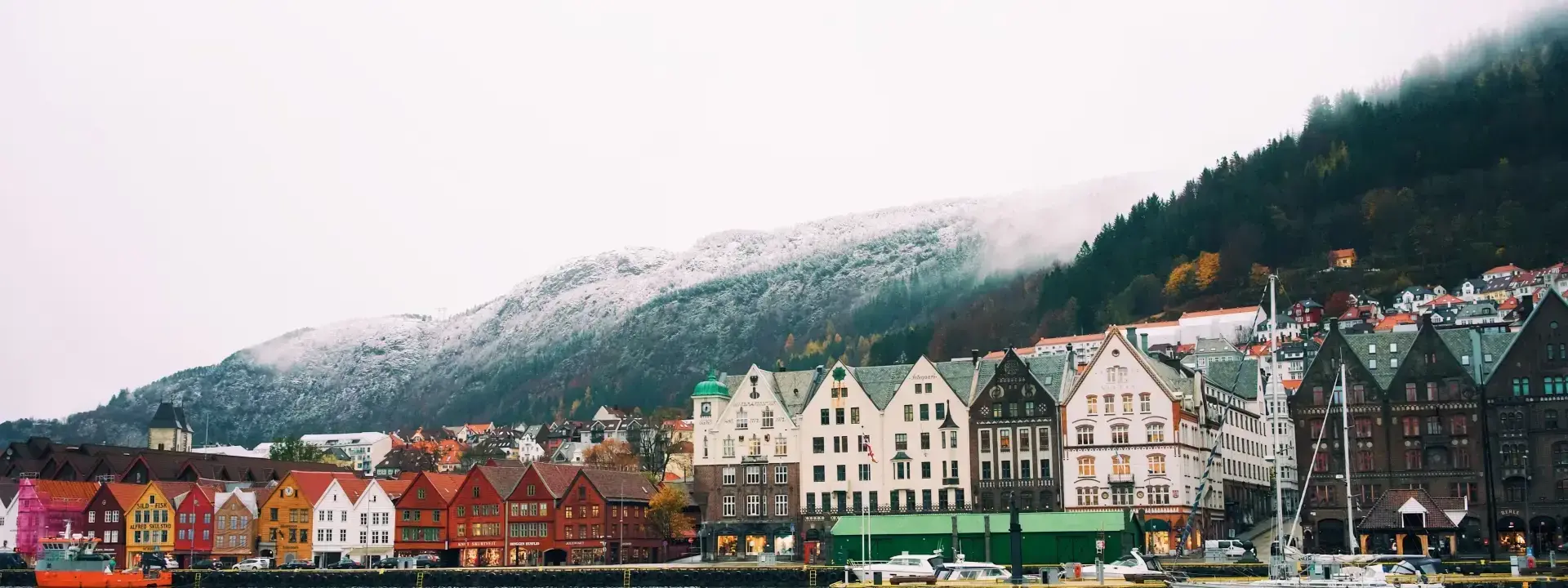
Moving to Norway in 2025
Step by step guide on migrating and relocating to Norway in 2025?
Use our Guide to find all the moving information you may need if you are thinking of moving or working in Norway.
People relocate and move to Norway for a variety of reasons. First of all, between 1980 and 2018, the country’s population has increased by over 500,000. This can be attributed to the fact that Norway offers a vibrant and attractive lifestyle that attracts many people to the country. Norway boasts a strong economy, low unemployment, and a high standard of living. In addition, the nation has a variety of social benefits and benefits that are accessible to its citizens. As one of the world’s most developed and progressive nations, Norway offers citizens a large variety of job opportunities in well-paid industries such as technology and finance, as well as its renewable energy initiatives and related job opportunities. Norway also provides a wide range of cultural and recreational activities which can be enjoyed in its natural environment. Norwegian cities and towns offer stunning views and modern facilities, which attracts many people from all over the world. Norway is a safe nation, and many people moving to the country appreciate the feeling of security and peace of mind. The public transportation system is also well-developed, making it easy to travel around the country. Norway also offers a high quality healthcare system, which is universally accessible and free of charge. The country’s low-cost and free primary and secondary schools make it easy for people to find education if they move to Norway. In addition, the warm and welcoming nature of the Norwegian people is a plus for those who move to the country. Norway is a country with many opportunities, promised by its utopian standards of living and access to an incredible natural landscape. All of these considerations make move to Norway a desirable prospect and one that is likely to attract more and more people in the future.
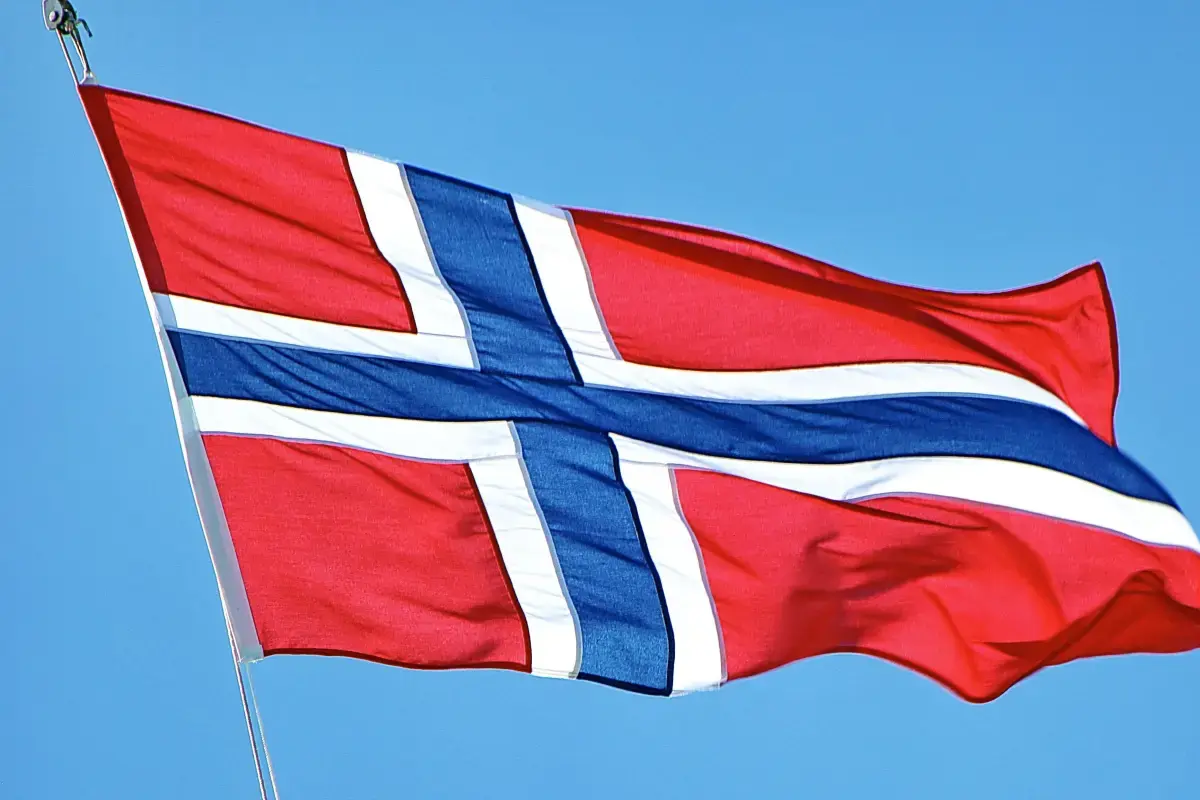
Gigs
Cost of Moving to Norway
1. Visas: Depending on where you are coming from and your nationality, you may require a visa to enter Norway. For example, citizens of the European Union do not need a visa/residence permit, while others may require a short-term tourist visa or a residence permit. Fees vary, but could range from €60 (short-term visa) to €100-300 (long-term residence permit). 2. Accommodation: Finding suitable accommodation can be costly depending on where you are travelling to in Norway. Most people choose to rent privately, with rent prices ranging between NOK 3,500 and NOK 19,500 per month depending on location, size, and standard. 3. Transportation: Transportation costs vary greatly depending on how you travel. For example, travelling by car can be one of the most cost-effective methods, but hiring a car long-term can be very expensive. For public transport, fares can range from NOK 90-150 for a single ticket in major cities, and up to NOK 600 for a return ticket from the airport. 4. Food: Whether you shop at a local grocery store or eat at a restaurant, the cost of food varies depending on where you are located in Norway. However, basic, local products can cost around NOK 200-250 per adult per day, while dining out at a mid-range restaurant can cost up to NOK 500-600 per person. 5. Utilities: Water, electricity, and other utilities will vary depending on where you live. For example, in Oslo you can expect to pay around NOK 1378 per month for basic utilities. 6. Insurance: Having insurance is a must if you’re living in Norway. In addition to health insurance, which varies depending on your age and the policy you purchase, you may also need to take out a home insurance policy and a car insurance policy. Depending on your needs, these policies could range from NOK 300 to several thousand per month.
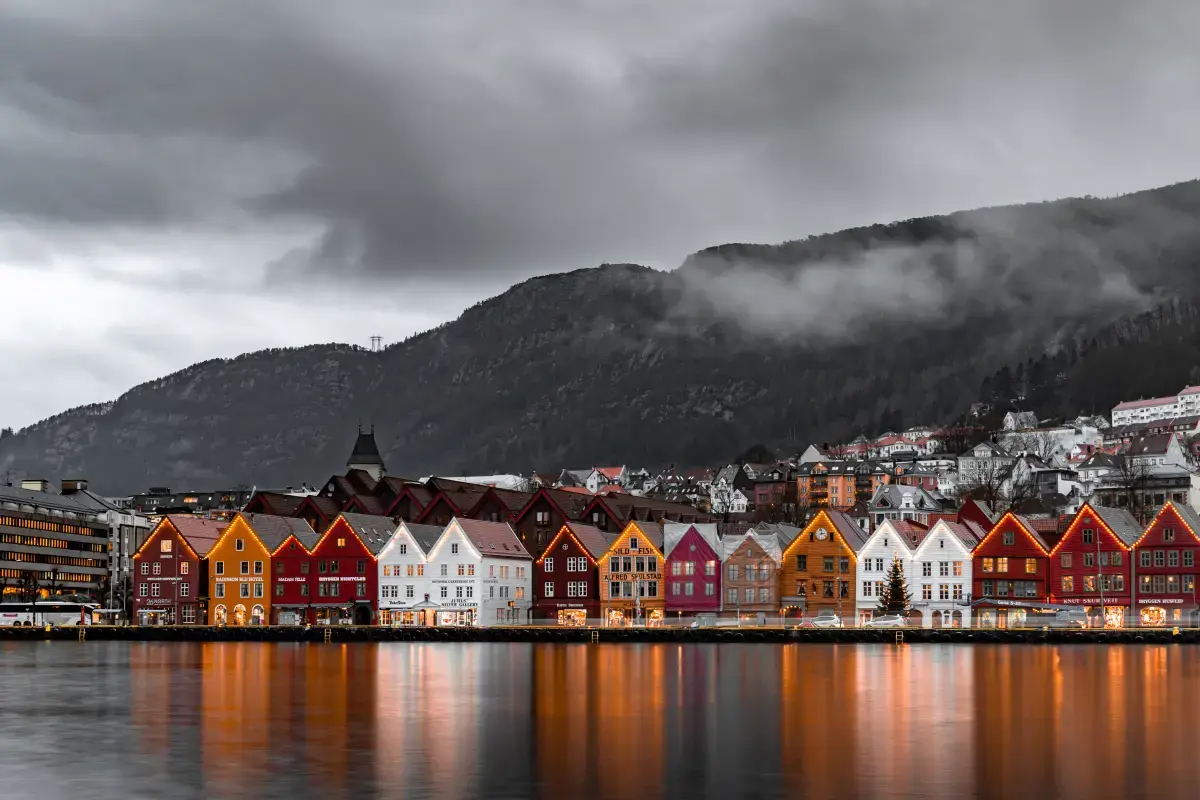
Jobs
Best Jobs in Norway
The most popular jobs migrants moving to Norway apply for are in the areas of healthcare, technology, finance, and tourism. These jobs are popular for a variety of reasons, including competitive salaries and a strong economy. Healthcare: Healthcare jobs are highly sought after, as Norway has a comprehensive national healthcare system. These jobs provide competitive salaries, and include roles such as nurses, midwives, speech therapists, and medical experts. Salaries for healthcare jobs range from around 36,000 NOK (about $4,100) per month for entry-level roles to over 70,000 NOK (about $8,100) per month or higher for more experienced workers. Technology: The thriving technology sector in Norway can provide migrants with well-paid jobs, ranging from software developers to IT professionals. Many of these roles are highly sought after and require specific skill sets. Salaries can vary greatly depending on experience, with entry-level roles averaging around 40,000 NOK (about $4,500) per month and more experienced roles commanding salaries of up to 80,000 NOK (about $9,000) per month or higher. Finance: Migrants looking for work in the financial sector in Norway can find a range of opportunities for roles such as analysts, bankers, and financial advisors. Salaries for these jobs vary by experience and level, but generally range from around 30,000 NOK (about $3,400) per month for entry-level roles to up to 120,000 NOK (about $14,000) per month or higher for experienced professionals. Tourism: Norway has a booming tourism industry, and hence there are loads of opportunities for roles such as tour guides, hotel managers, and front desk representatives. Salaries for these jobs range from around 20,000 NOK (about $2,200) per month for entry-level roles up to 50,000 NOK (about $5,600) per month or higher for more experienced professionals.
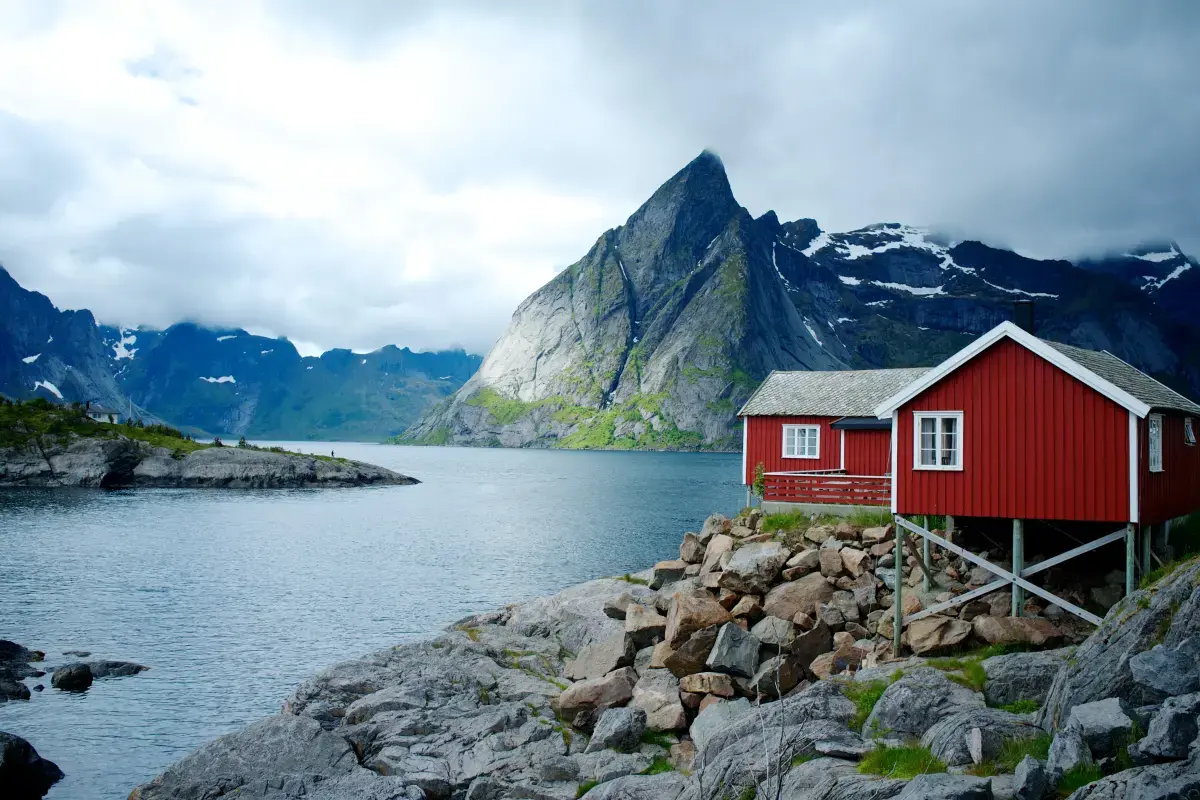
Volunteers
Weather in Norway
Norway has a temperate climate, due to its proximity to the Atlantic Ocean. It has mild winters, with temperatures rarely going below 0°C (32°F). Summers are usually cool, and temperatures rarely exceed 15°C (59°F). On average, snow days in Norway can last from October to April. The northern part of Norway experiences high levels of rainfall and strong winds but, even in the north, temperatures rarely reach below -30°C (-22°F). The south tends to be a bit warmer and drier than the north, although the winters are still cold and snowy. In Norway, temperatures generally stay between -10°C (14°F) and 30°C (86°F), but it can experience higher and lower temperatures during the year. The seasons in Norway are distinct and range from the cold and dark winter months to the hot and sunny summer months. In the spring, temperatures increase and snow begins to melt during March or April. In August, temperatures reach highs and the days become longer. Autumn arrives in September and is characterized by cooler temperatures and shorter days. Winter comes in November, and temperatures drop and snow begins to accumulate. In Norway, the weather changes can be unpredictable. Rainfall and snow can happen year-round, and in the winter months, periods of wind and hail can be fierce. Conditions can change quickly and dramatically, so it is important to pack appropriately for every season.

Promote
Tax & Welfare System in Norway
The tax system and social welfare system in Norway is among the most generous in the world. In terms of taxes, residents are subject to both a personal income tax and a value-added tax (VAT). The Personal income tax and the VAT are both the highest in the world. The personal income tax is progressive, meaning that the more money an individual earns, the higher the rate for that portion of their salary. The highest marginal tax rate is 47.8%, with a tax-free income allowance of 45,998 NOK (roughly $5,350 USD) per year (2018). The value-added tax (VAT) is also among the highest in the world, standing at 25%, with a list of exemptions available. In regards to the social welfare system, the government operates a number of programs designed to ensure the well-being of all citizens. These include free access to healthcare and education, generous maternity and paternity leave benefits, generous unemployment benefits, and a wide range of other social services. In addition, the government collects funds through an inheritance tax (which is also among the highest in the world) and a wealth tax. This wealth tax is used to fund welfare programs and help reduce inequality in the country. With the combination of these tax systems, the government of Norway is able to provide some of the highest social welfare protection in the world compared to other countries. This allows them to maintain a comparatively high standard of living with the highest per-capita GDP in the world.
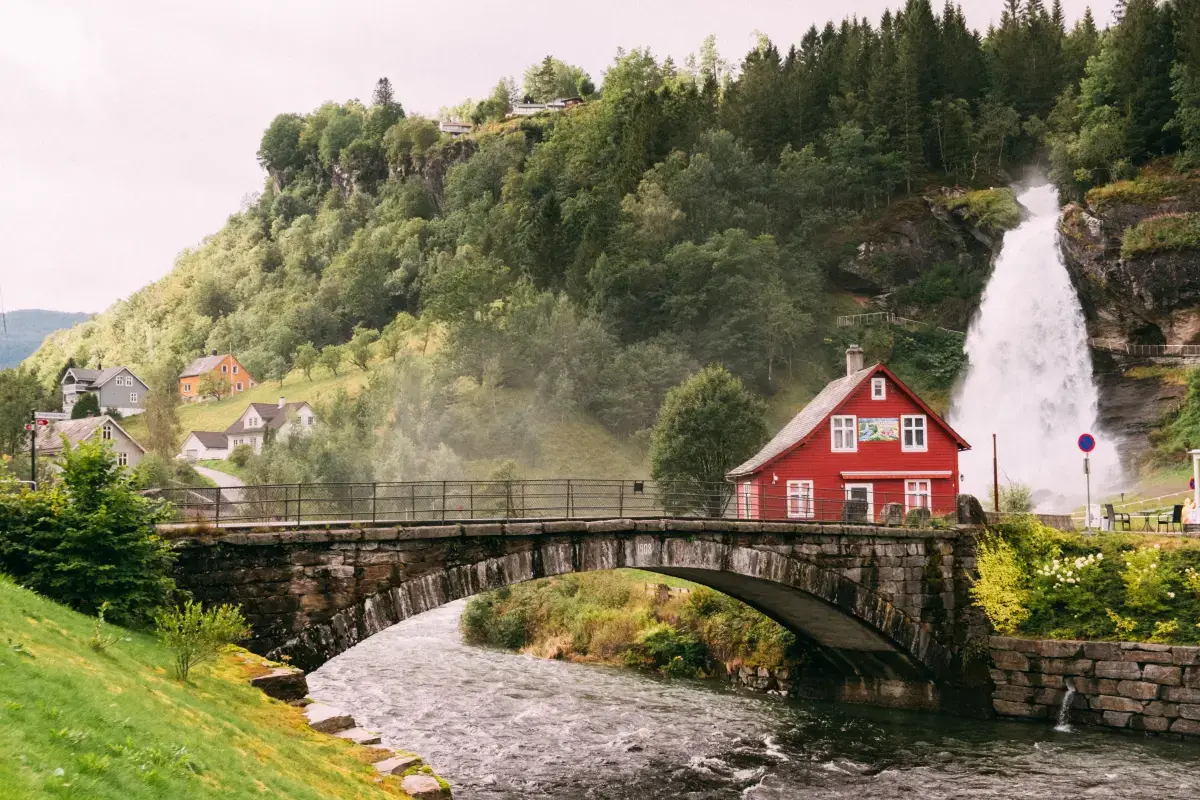
Holidays in Norway
Norway has several national holidays. Public holidays usually involve closing of stores and offices, and many people take their holidays around these dates. Here is a list of Norways national holidays, along with dates they are observed in 2021 and 2022: * New Years Day – January 1 * Maundy Thursday - April 1 (2021) / April 14 (2022) * Good Friday - April 2 (2021) / April 15 (2022) * Easter Sunday - April 4 (2021) / April 17 (2022) * Easter Monday - April 5 (2021) / April 18 (2022) * Constitution Day – May 17 (Syttende Mai) * Ascension Day - May 13 (2021) / May 26 (2022) * Pentecost - May 23 (2021) / June 5 (2022) * Whit Monday - May 24 (2021) / June 6 (2022) * Christmas Eve - December 24 * Christmas Day - December 25 * Boxing Day - December 26 * New Years Eve - December 31

Where to Live in Norway
The five largest cities in Norway are Oslo, Bergen, Trondheim, Stavanger, and Kristiansand. These cities are the most densely populated areas in Norway and the majority of jobs in the country can generally be found there. Oslo is the largest city with a population of roughly 650,000, more than one-quarter of the national population. It is the countrys main economic and transportation hub, hosting many of Norways major industries and global corporations, along with a vibrant cultural and entertainment scene. Bergen, the second-largest city, is Norways historic center, known for its colorful old houses and awe-inspiring views of the fjords. The city is known for its diverse industries, including petrochemical and offshore engineering, software, telecommunications, and media production. Trondheim is the third-largest city and home to one of the most renowned universities in the Nordic countries. It hosts a number of research and development companies as well as several industries, including pharmaceuticals, IT, motorsports, aviation, and biotechnology. Stavanger and Kristiansand are smaller cities with populations of over 120,000 but still highly populated. They host some of Norways oil and gas industries and the regional headquarters of two of the worlds largest companies, Statoil and Shell. There are also numerous smaller cities and towns with populations of 10,000 to 30,000 people. These cities, while not as densely populated as the five larger cities, also have plenty of employment opportunities.

Sports & Recreation in Norway
Norway is a popular destination for outdoor activities, from skiing to climbing and kayaking.Sports and recreational activities are very popular in Norway and the country promotes a healthy and active lifestyle. The most popular sport in Norway is skiing, with around 2.5 million Norwegians taking part each year. Cross-country skiing is the most popular style, with both the classic and skate styles being popular. Norway is also home to some of the world’s biggest ski resorts, such as Trysil and Hemsedal. Hiking is also a popular recreational activity in Norway. Both summer and winter hiking are popular and the country is home to some incredible trails, such as the Jotunheimen National Park and the Via Alpina Trail. Norway also has numerous national parks, including Jostedalsbreen National Park and Rondane National Park. Kayaking and canoeing are also popular recreational activities in Norway, with numerous rivers and lakes to explore. For the more adventurous, there are also white-water rapids and sea kayaking opportunities. Bicycling has become increasingly popular in Norway in recent years, with the country home to some spectacular routes. From mountain biking trails in the mountains to bike trails along the coastline, there are plenty of options for cyclists to explore. Finally, sea fishing is another popular activity in Norway. The country has an abundance of saltwater species, including cod, haddock, and pollock. Norway is also home to world-famous salmon rivers, so if fishing is your thing this is the place to go.
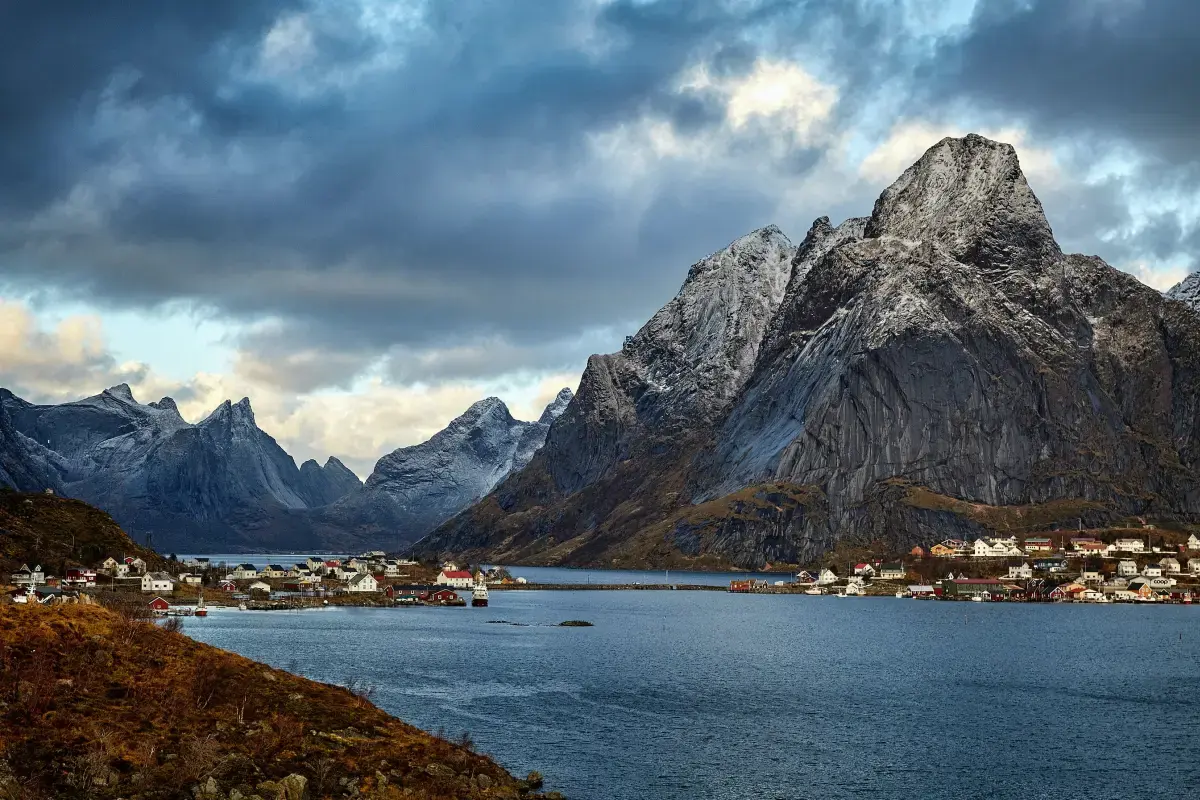
Cost of Living & Housing in Norway
The cost of living and housing in Norway is relatively high. The overall cost of living in Norway is significantly higher than the average cost of living in the European Union, with the main expenses being groceries, transportation, dining out, and entertainment. Housing costs in Norway are quite high, and are mostly comprised of rent and utilities. The median monthly rent for a one-bedroom flat in Oslo is around 6,100 NOK (approx. €613). Depending on the location, a two-bedroom flat can cost as much as 8,000 NOK to 11,000 NOK (approx. €811 to €1,114). Purchasing a property in the Norwegian real estate market is much more expensive, with prices for a one-bedroom apartment in Oslo ranging from around 6 million NOK (approx. €610,000) to 12 million NOK (approx. €1,220,000). Additionally, utility costs also tend to be quite high in Norway, as prices for electricity and heating can range from around 3,000 NOK to 5,000 NOK (approx. €303 to €506) per month, depending on the size of the property.
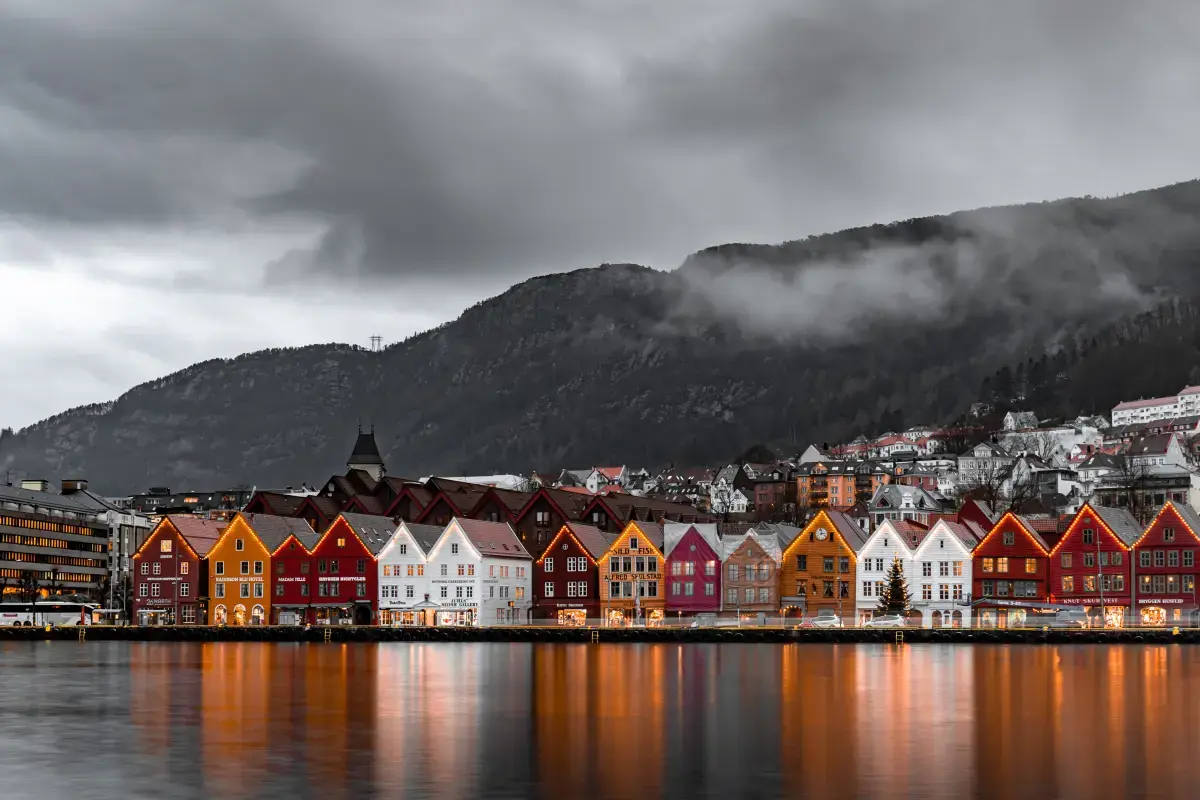
Finding a Job in Norway from Overseas as a Foreigner?
Use our Job hunting & job seeking guide to help your job searching easier.

The Best Rated Top 20 Recruitment Agencies in Norway
When searching for a Job from Overseas, reaching out to established Recruitment Agencies can help in your Job Search in Norway

What are the Best job boards in Norway
Jobseekers searching for jobs in Norway find the below job portals in in Norway as the best job websites for finding employment in in Norway
Best International Removals Companies to/from Norway
When the move to Norway gets closer, finding local and international removals companies that suit your requirements are critical. Find a list of the best companies Near You.
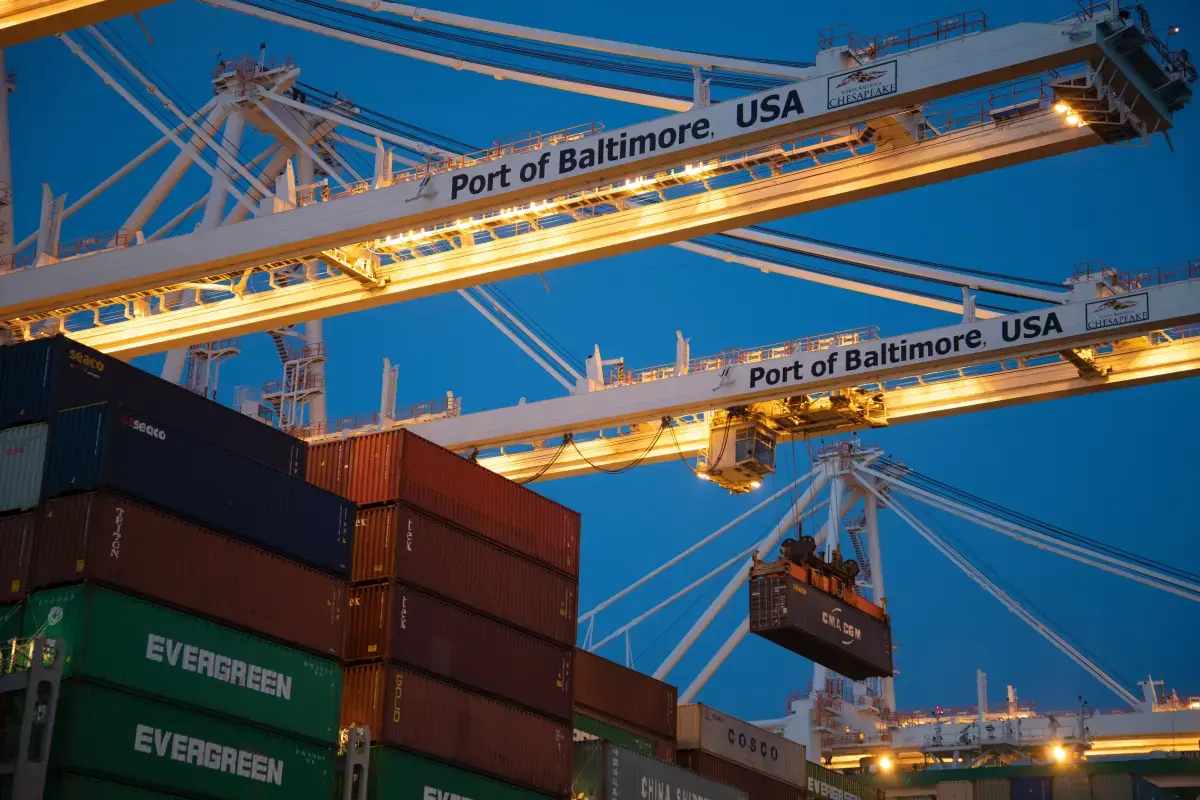
Expat info about living in
Don't just take our word for it.
Use the Best Forums in Norway to obtain all the independent advise about moving, living & working in Norway

Immigration Advice and Visa InformationNorwegian
Need assistance with obtaining the correct Visas and Work Permits in Norway.
- Get expert advice to make the move to Norway as easy as possible

Find Trusted Local Home Services
When you arrive, understanding the Best Local Services to help with your odd jobs and tasks around the home is essential.

Best Areas to Live in Norway
Popular towns, cities and regions that are proving popular with migrants moving to Norway
Study and Higher Education in Norway
Search our list of all universities in Norway to help your reach your educational goals.
- Find the Best University in Norway that suits your needs

Featured Locations
Frequently Asked Questions
- Construction
- Business Analysis
- Web & App Development
- Animation
- Nursing
- Teaching
- Engineering
- Marketing
- Plumbing
- Carpentry
- Software Engineer
- Data Analyst
- Hospitality Staff
- Builders
- Full-time
- Part-time
- Permanent
- Freelance
- Gig Jobs
- Contract
- Weekend work
- Out of Hours
- Night shift
- Casual
- Temporary
- Remote
- Work From Home
- Work From Anywhere
- Telecommuting
- Flexible
See here for more Help & Support questions



